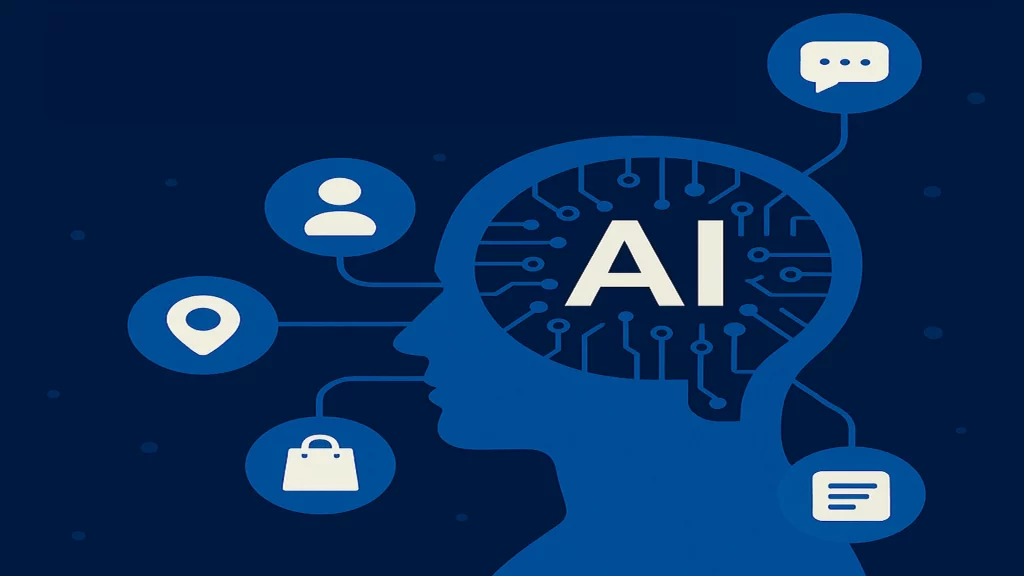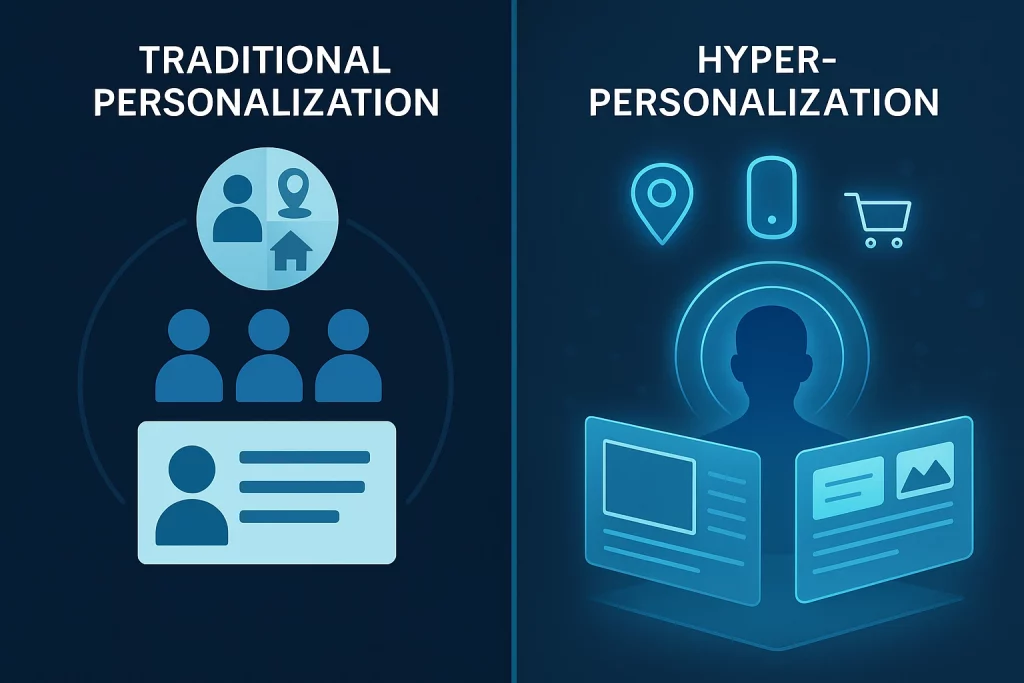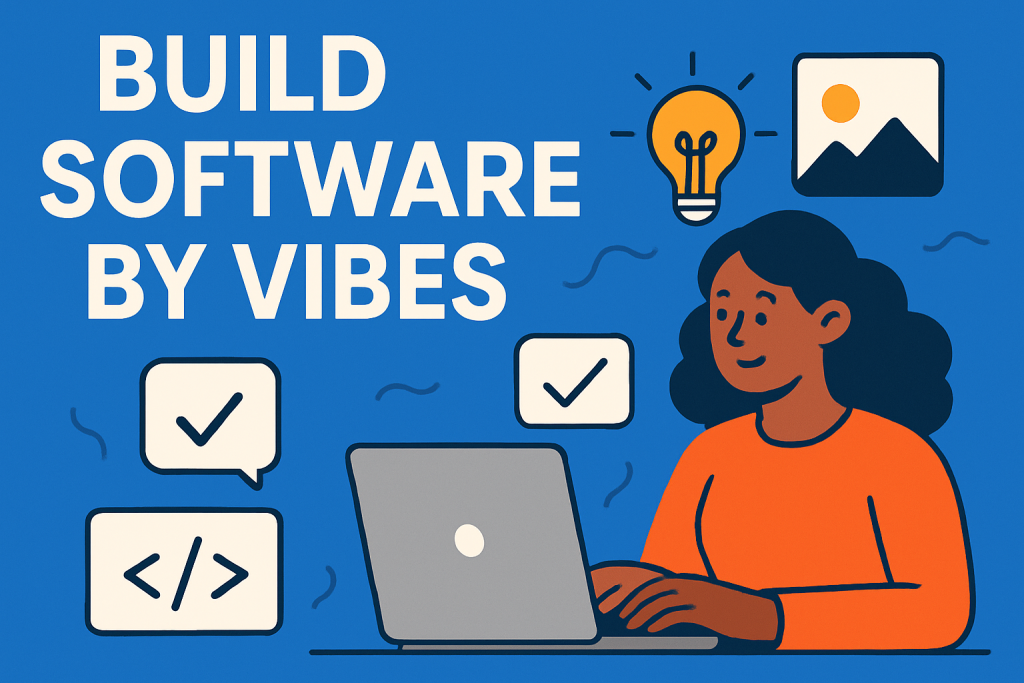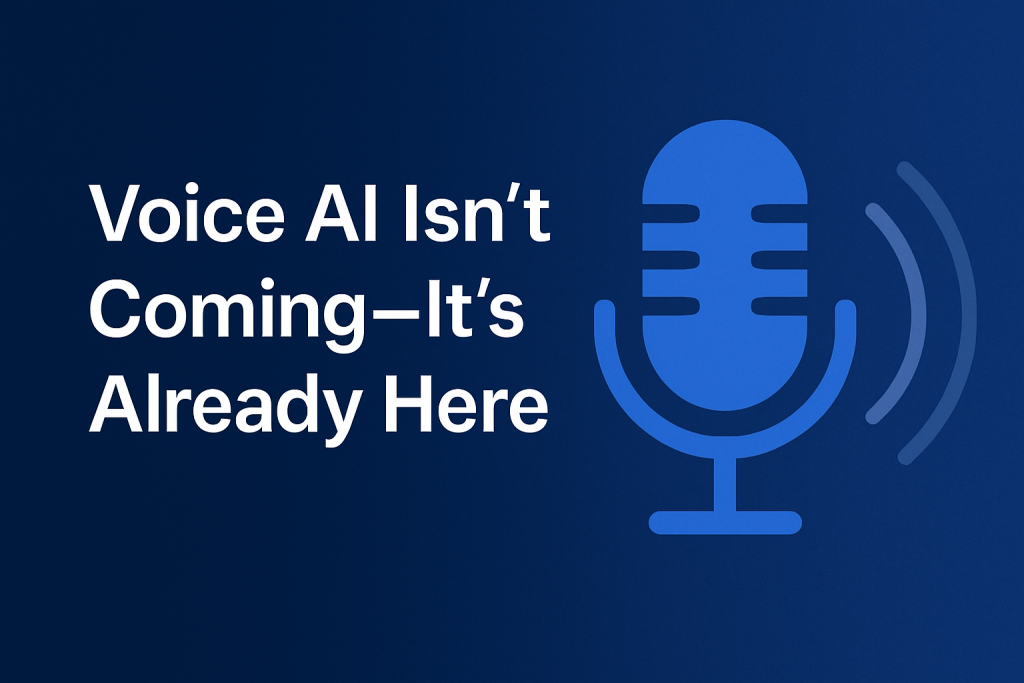“Hyper-personalization is not just a shiny tech trend—it’s a seismic shift in how technology connects with humans.”
Welcome to the Age of Intelligent Individualization
In today’s digital landscape, personalization is no longer a novelty; it’s expected. From Netflix knowing what you want to watch next to Amazon suggesting your next purchase, users are used to getting experiences tailored to them.
But now with the evolution of AI, we’re stepping into something even more transformative: Hyper-Personalization.
Powered by artificial intelligence, real-time data, and advanced analytics, hyper-personalization goes beyond basic segmentation or guesswork. It creates uniquely crafted experiences for every individual, at every moment. In 2025, this capability is redefining how businesses engage customers, design products, and foster loyalty.
In this post, we’ll explore how hyper-personalization works, the technologies driving it, real-world examples, and what the future holds.
What is Hyper-Personalization?
Traditional personalization uses demographic or behavioral data to group users into segments (like age or location) to offer generic “relevant” experiences.
Hyper-personalization, however, takes this a step further by:
- Analyzing real-time data streams: location, device, browsing behavior, purchase history.
- Predicting individual needs and intent using AI and machine learning
- Delivering dynamic, context-aware experiences uniquely tailored to each individual
The result? No two users see the same version of a site, app, or service. Every interaction is individually tuned, just like a personal concierge who knows you better with every visit.
The Technology Behind the Magic
Hyper-personalization is not just clever content placement; it is powered by a synergy of advanced technologies, like:
- Artificial Intelligence and Machine Learning
AI models digest massive amounts of user data to detect patterns in user behavior, preferences, and intent. Machine learning algorithms then continually refine their predictions as new data arrives, enabling ever-more accurate personalization.
- Natural Language Processing (NLP)
Natural Language Processing (NLP) empowers AI to understand and interpret human language from user queries, reviews, and feedback. This capability enables chatbots, virtual assistants, and recommendation engines to engage in more nuanced, context-aware, and human-like interactions.
- Real-Time Data Analytics
Hyper-personalization can respond in the moment because systems can provide real-time analytics of data streams, like your location, time of day, or recent clicks.
- Customer Data Platforms (CDPs)
CDPs aggregate data from multiple touchpoints (web, mobile, in-store, social media) to build unified, 360-degree customer profiles, which AI uses to personalize experiences.
Real-World Applications of Hyper-Personalization
Hyper-personalization is already reshaping industries. Let’s look at some compelling use cases:
1. Retail and E-Commerce
- Dynamic Product Recommendations: AI analyzes browsing and purchase history, current trends, and even weather or local events to suggest products likely to appeal to each shopper.
- Personalized Promotions: Retailers send targeted offers based on individual shopping habits predicted from needs, such as a discount on running shoes after a customer buys fitness gear.
- In-Store Experiences: Mobile apps use location data to greet customers by name and recommend products available in that specific store.
2. Media and Entertainment
- Content Curation: Streaming platforms like Netflix and Spotify use AI to recommend shows, movies, or songs tailored to each user’s mood, preferences, and viewing/listening history.
- Personalized Notifications: Users receive alerts about new releases or live events that match their interests, increasing engagement.
3. Healthcare
- Personalized Treatment Plans: AI analyzes patient data to recommend individualized treatment, medication, or wellness plans.
- Health Monitoring: Wearables and apps provide real-time feedback and nudges based on each user’s activity, sleep, and biometrics.
4. Banking and Finance
- Smart Financial Advice: AI-driven apps analyze spending patterns and financial goals to offer tailored savings, investment, and budgeting advice.
- Fraud Detection: Hyper-personalized monitoring flags unusual activity based on each customer’s unique behavior profile.
5. Travel and Hospitality
- Dynamic Itinerary Planning: Travel apps suggest destinations, hotels, and activities based on past trips, preferences, and even current mood.
- Personalized Guest Experiences: Hotels use AI to anticipate guest needs, from room preferences to dining options.
How Hyper-Personalization Works: A Closer Look
Let’s break down how a hyper-personalized system operates in practice:
Step 1: Data Collection
The system gathers data from multiple sources, including:
- User profiles (age, gender, location)
- Behavioral data (clicks, purchases, time spent on pages)
- Contextual data (device, time of day, weather, location)
- Feedback and interactions (reviews, ratings, chatbot conversations)
Step 2: Data Integration and Profile Building
A Customer Data Platform (CDP) or similar system integrates this data to build a comprehensive profile for each user, updating it in real time.
Step 3: AI-Driven Analysis
Machine learning models analyze the profile to predict preferences, intent, and likely next actions. For example, if a user browses hiking gear and checks the weather in a national park, the system might infer an upcoming hiking trip.
Step 4: Dynamic Content Delivery
The system dynamically adjusts what the user sees-product recommendations, content, offers, or notifications-based on the latest insights. This can happen on websites, apps, emails, or even in-store screens.
Step 5: Continuous Learning
As the user interacts with the system, their profile and the AI models are updated, enabling ever-more refined personalization.
Why It Matters
For Businesses:
- Increased Engagement: Users are more likely to interact with content and offers that feel relevant and timely.
- Higher Conversion Rates: Personalized experiences drive more purchases and reduce cart abandonment.
- Customer Loyalty: When users feel understood, they’re more likely to return and recommend the brand.
- Optimized Marketing Spend: Resources are focused on high-probability opportunities, reducing waste.
For Users:
- Relevant Experiences: Users save time and effort, discovering products or content that match their needs.
- Reduced Information Overload: Hyper-personalization filters out noise, presenting only what matters.
- Enhanced Satisfaction: Tailored experiences feel more intuitive and enjoyable.
The Challenges of Getting It Right
While hyper-personalization offers immense value, it also raises important challenges:
1. Privacy Concerns: Collecting and analyzing large amounts of personal data can feel intrusive. Regulations like GDPR and CCPA require transparency, consent, and robust data protection.
2. Algorithmic Bias: AI models can inadvertently reinforce biases present in training data, leading to unfair or discriminatory outcomes. Regular audits and diverse datasets are essential.
3. Over-Personalization: Too much personalization can feel “creepy” or limit users’ exposure to new ideas (the so-called “filter bubble”). Striking the right balance is key.
4. Technical Complexity: Building and maintaining real-time, AI-driven personalization engines requires significant investment in data infrastructure, talent, and governance.
Best Practices to Start Smart
- Start with Clear Objectives: Define what you want to achieve-increased sales, engagement, retention, etc.-and design your system accordingly.
- Ensure Data Quality: Garbage in, garbage out. Invest in accurate, up-to-date, and ethically sourced data.
- Prioritize Privacy and Transparency: Be clear about what data you collect and how it’s used. Offer users control over their data.
- Continuously Test and Optimize: Use A/B testing, feedback loops, and analytics to refine your personalization strategies.
- Monitor for Bias: Regularly audit AI models for fairness and inclusivity.
What’s Next? The Future of Hyper-Personalization
Looking ahead, hyper-personalization will become even more sophisticated:
- Multimodal Personalization: AI will combine data from voice, video, biometrics, and environmental sensors for richer insights.
- Emotion AI: Systems will detect and respond to users’ emotional states in real time, offering empathetic experiences.
- Personalized AI Agents: Each user may have a dedicated AI assistant that learns their preferences and acts on their behalf across platforms.
- Privacy-First Personalization: Advances like federated learning will enable personalization without compromising user privacy.
Final Thoughts
Hyper-personalization is not just a shiny tech trend—it’s a seismic shift in how technology connects with humans. The companies that embrace it responsibly and intelligently will earn not just clicks, but trust and long-term loyalty.
As we move deeper into the age of intelligent technology, the key to winning hearts and minds lies in one simple principle: Make every experience feel like it was designed for me—because it was.





